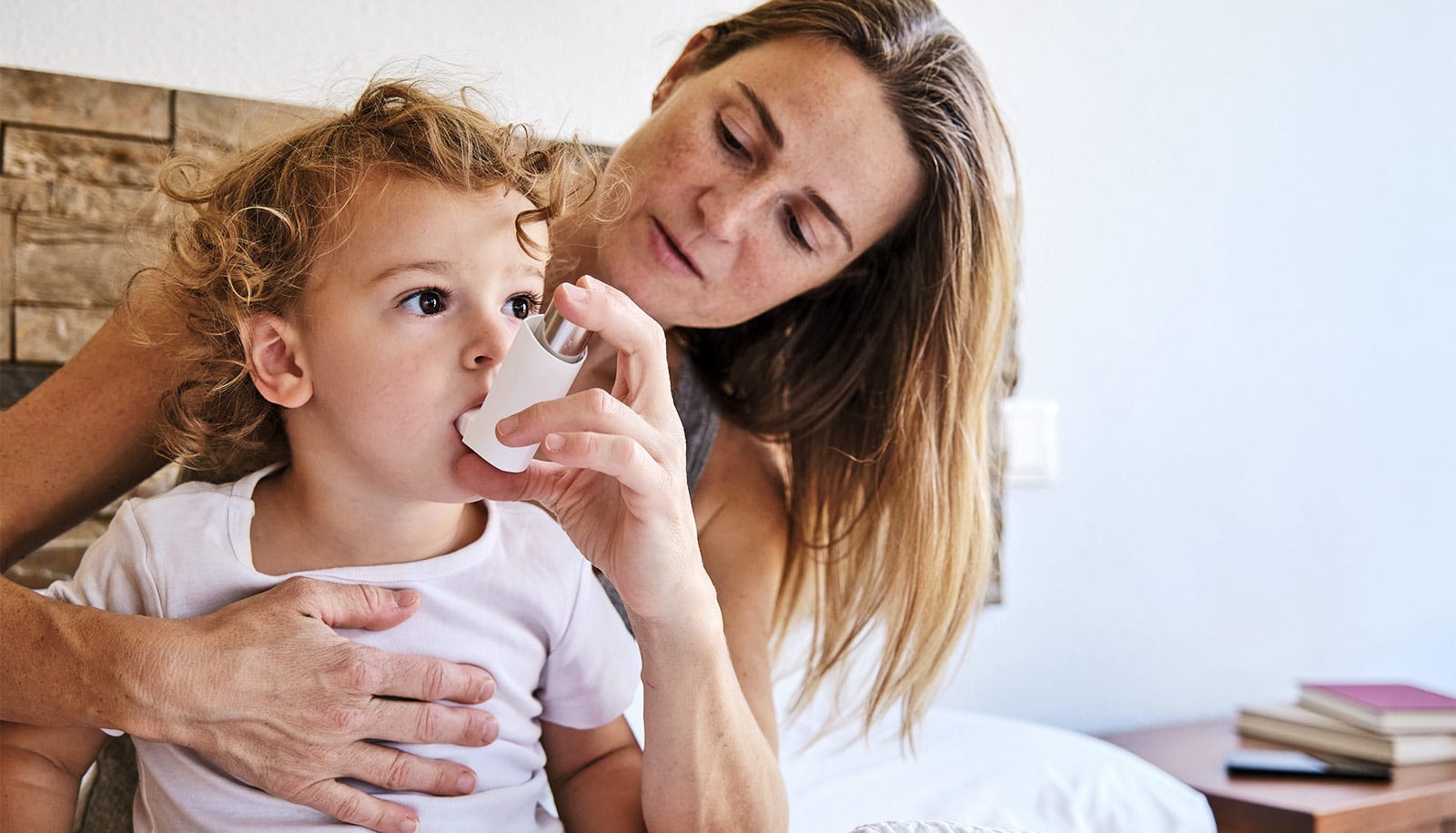When trying to help a child lose weight, involving a parent in treatment makes the entire family healthier, a new study shows.
Researchers tested a family-based treatment that included weekly meetings over a period of several months. Parents learned how to engineer a home environment that supported healthy eating and activity. They also learned to practice their own healthy behaviors so their kids could learn to make healthier choices.
Childhood obesity in the US has reached epidemic levels: Nearly one in three children is overweight or has obesity. The overall rate is 17 percent, with 6 percent of kids having severe obesity.
It is one of the biggest drivers of preventable, chronic diseases and health-care costs in the United States, with cost estimates ranging from $147 billion to nearly $210 billion per year. The current generation of children may be the first to live shorter lives than their parents.
The researchers found that when parents and children received follow-up care that was more comprehensive after an initial intervention, both did better than others whose follow-up was less comprehensive. The researchers tested a more and a less intensive version of the follow-up program and found that those who received the higher “dose” of follow-up also had better outcomes.
Denise E. Wilfley, professor of psychiatry at Washington University in St. Louis who led the study, which appears in JAMA Pediatrics, talks about why the program works.
Some families received enhanced follow-up every week, some every other week, and a third group received more general, group education every other week. What was the most effective approach?
The family-based behavioral weight loss treatment protocol we used involved weekly, 30-minute family sessions and 45 minutes of separate parent and child group sessions. After 16 weeks, participants were randomized to eight months of either a high dose (weekly) or a low dose (every other week) of what we call enhanced social facilitation maintenance.
That’s a multicomponent intervention that takes multiple social and environmental factors into account and works to enhance peer and family support and re-engineer the family home and environment to make the healthy choice the easy choice. Our control group got a more general weight-management education intervention.
All three groups made significant improvements during the first four months, but the enhanced, weekly program led to the best outcomes. The high-dose group had the greatest proportion of children who achieved clinically meaningful weight loss—82 percent—compared with 64 percent in the group that participated in the follow-up every other week, and 48 percent in the control group.
It’s important that kids get into treatment early in life because as they age, children need to lose more weight to achieve a healthy weight status.
What are the triggers and traps that children with obesity and their families need to fix in the places where they live, learn, work, and play?
We teach parents to engineer home environments that better support healthy eating and activity. When parents are active participants, the children do better. We then support entire families as they attempt to make healthy choices in school, work, peer, and community environments.
Shared environments and social circles might promote unhealthy eating options and sedentary behavior. For example: the presence of bowls of candy or treats around the house over the holidays; hectic schedules that lead to irregular meal times; and unusual bedtimes that might contribute to late-night eating or getting too little sleep. We also work to promote positive body esteem.
Out in the community, high-fat, high-sugar foods often are easier to find than healthy, nutritious foods. And in some areas where neighborhoods are unsafe, it’s hard to get exercise. These contribute to more sedentary behaviors that increase risk of obesity and becoming overweight.
How can you bring the family-based treatment to pediatricians’ offices to help more children?
Weight issues are among the most common problems seen by pediatricians. Family-based treatment is available mainly in specialty clinics, but our next study moves it into primary-care settings, so a pediatrician can connect kids and parents to behavioral health specialists within the practice. That should increase the likelihood that families will follow through.
To date, there have been many barriers to children receiving family-based treatment, despite the fact that research has established it as effective. For one thing, family-based treatment is time-consuming and intensive, and many pediatricians don’t have the time or resources to offer it, so we will be bringing behavioral health specialists to families in the familiar setting of their pediatricians’ offices.
Plus, family-based treatment has been shown to have effects on other family members who are overweight but who aren’t directly involved in the intervention. We also think our approach could help overcome barriers to treatment that are posed by fragmentation of care and different providers recommending different things by putting the entire treatment team in one place. We believe this study will teach us how to use this treatment most effectively in primary-care settings.
The Eunice Kennedy Shriver National Institute of Child Health and Human Development; the National Institute of Mental Health; the National Institute of Diabetes and Digestive and Kidney Diseases; the National Center for Research Resources and the National Heart, Lung, and Blood Institute of the National Institutes of Health; and the St. Louis Children’s Hospital Foundation funded the work.



